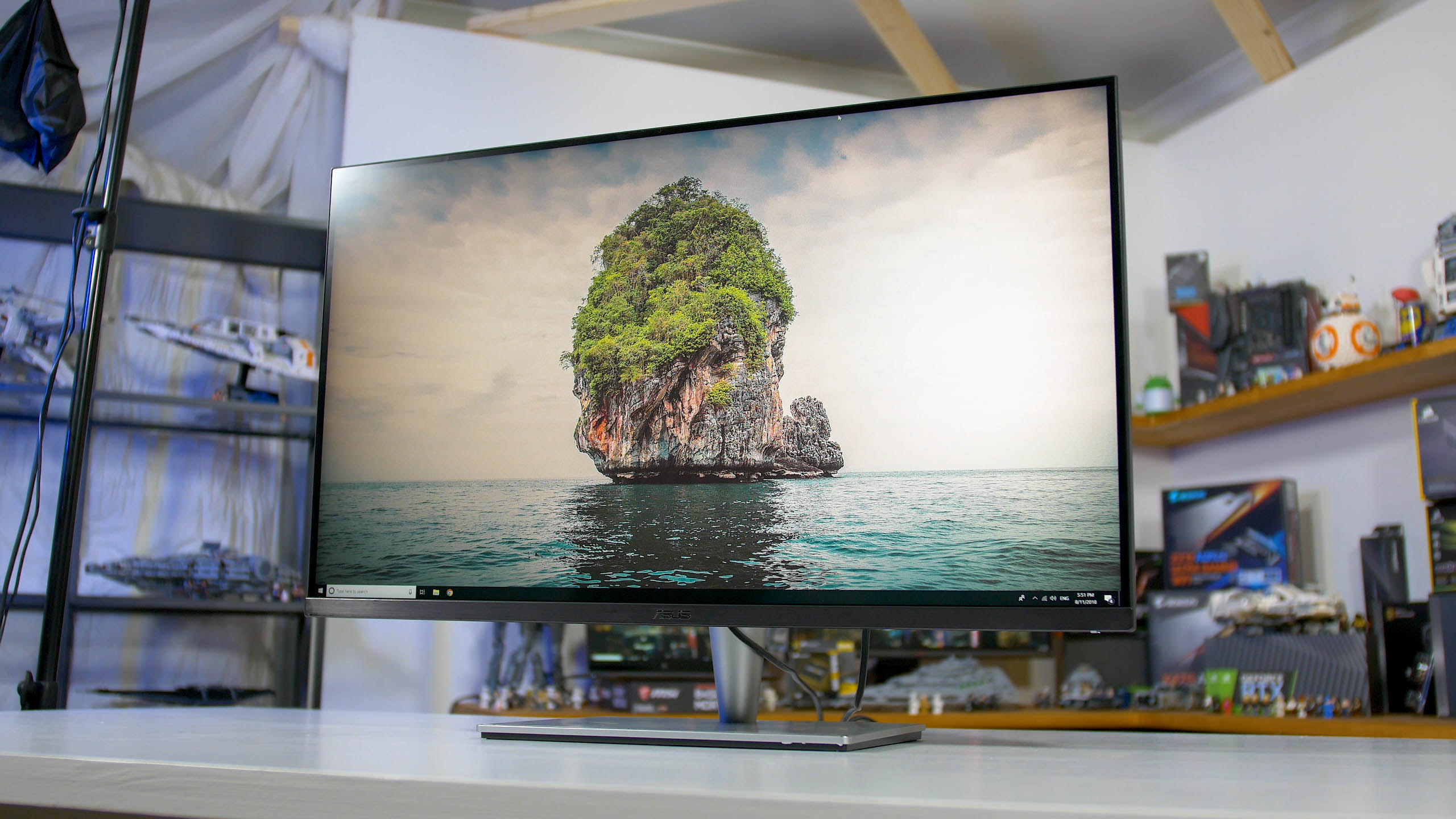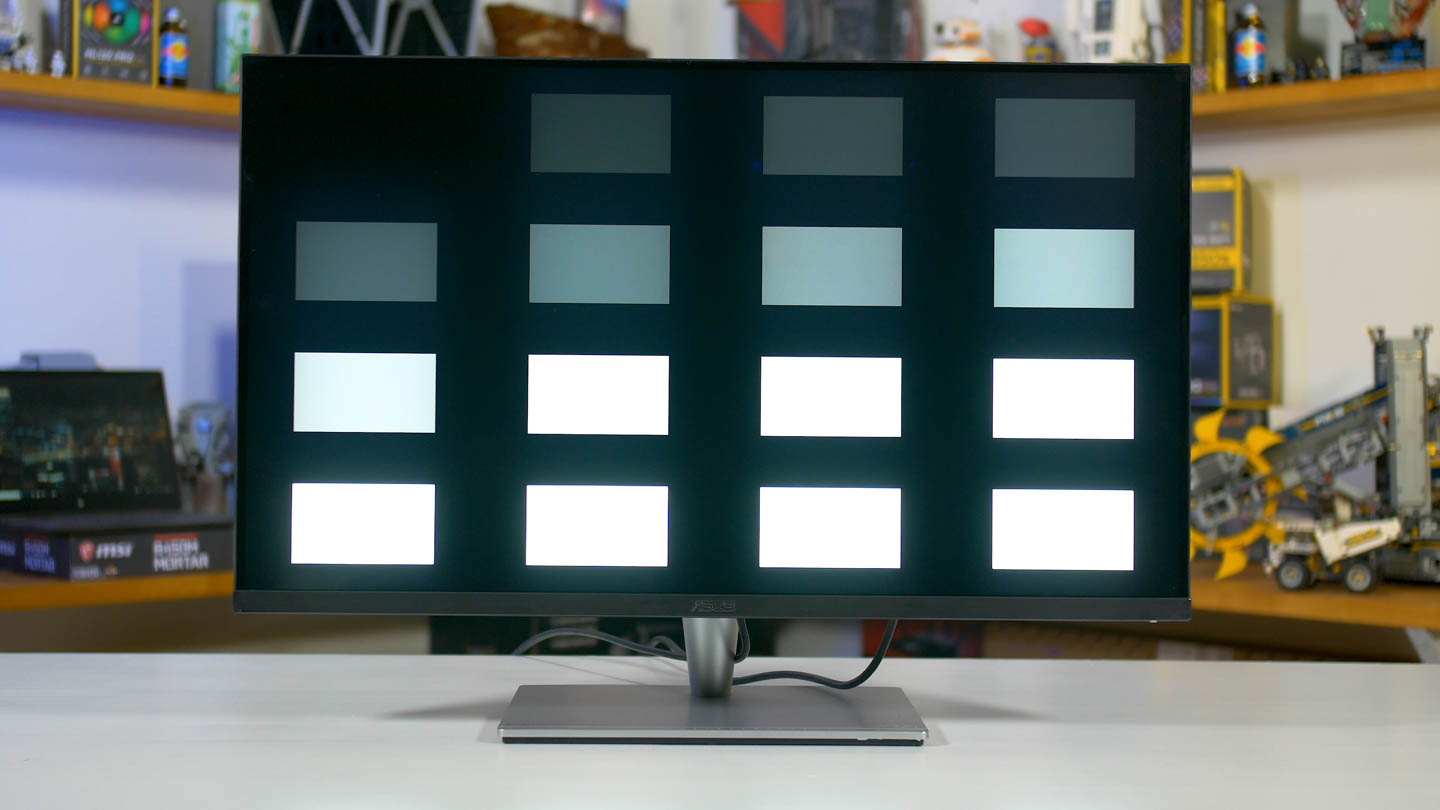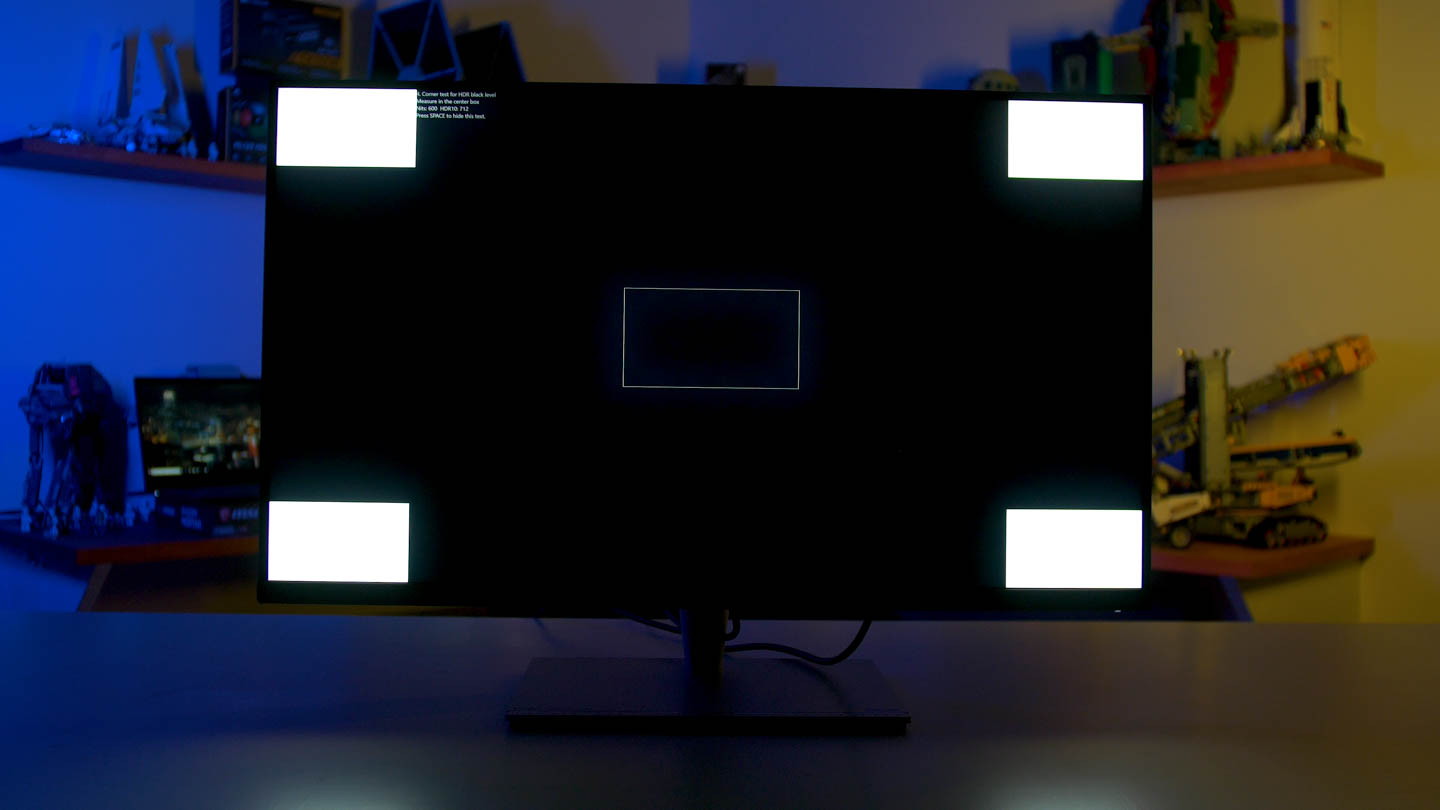Like a lot of professional monitors, the Asus ProArt PA32UC does not come cheap at $2,000. And yet, it could be the ultimate professional monitor and I don't say that lightly. Pro-grade monitors need to be top-notch quality to get a recommendation, and the PA32UC is packed with nearly every feature a creator might require for both SDR and HDR work. We'll get to the specs and output performance in just a moment, but for now know this is a serious beast in terms of hardware.
It should be mentioned that Asus let me borrow this monitor for several weeks, so this review is the culmination of my thoughts from using it and integrating it into our creative workflow for quite some time now.
Asus has packed in almost every feature you could think of in the ProArt PA32UC. It's a 32-inch 3840 x 2160 IPS panel at 60 Hz with Adaptive Sync, it sports 100% sRGB color space coverage, 99.5% Adobe RGB and 95% DCI-P3, hitting all those wide gamuts. It's fully HDR compatible with a 384-zone FALD backlight, it has Thunderbolt 3, and crucially, it comes with a hardware calibration tool in the box which makes getting accurate results a breeze for all buyers, not just those that already have calibration tools on hand.
I'm not a big fan of Asus' previous gaming monitor designs, particularly their ROG line, but the ProArt is a completely different story. Sleek and simple lines, thin bezels allowing the panel to dominate the front, a simple silver stand with a slimmer than expected pillar, and a minimalist brushed plastic rear. The display section of the monitor is quite chunky to accommodate the FALD backlight but I reckon this beast looks fantastic front-on.
The stand is highly adjustable, supporting tilt, height, pivot and swivel adjustment, so you can use the monitor in a portrait orientation if you need to. The on-screen display is controlled by a directional toggle which is great to see, and there's a ton of features professionals might find useful in there, some of which we'll discuss throughout the rest of the review.
As for inputs, Asus provides four HDMI 2.0 inputs, a single DisplayPort 1.2, and two Thunderbolt 3 USB-C ports, one for input and one for output. There's also a USB 3.0 hub with two type-A ports and one type-C port. So yeah, there's basically every modern port on this monitor. Oh, and the Thunderbolt 3 port provides up to 60W of power delivery which should be enough to charge a lot of laptops when plugged in to this beast.
When a professional monitor lists HDR support, I expect real HDR support, and that's exactly the case with the PA32UC. This monitor ticks every box in my HDR monitor checklist, with 1000 nits of peak brightness, around 650 nits sustained, full array local dimming with 384 zones, near full DCI-P3 gamut coverage, and a 10-bit panel through FRC.
Some professionals might be disappointed the panel isn't true 10-bit, but the FRC implementation is one of the best I've seen with much, much less banding than other 8-bit+FRC panels I've reviewed when looking at our 10-bit gradient stress test.

In terms of brightness accuracy, the PA32UC gets within 10% of the exact nit target when viewing HDR content, which is a good result. The panel is capable of up to 1200 nits with a window size up to 25%, after which it falls back to its 650 nit sustained value. Unfortunately the PA32UC can't produce a 1000 nit full screen flash, again topping out around 700 nits. However the backlight's lowest level of just 0.012 nits is the lowest I've seen from an HDR monitor with local dimming. This creates a contrast ratio up to 98,000:1 in best case scenarios. Gamut coverage is also around 96% DCI-P3 so the monitor is capable of displaying colors well outside a normal SDR range.
All up, this monitor has an excellent HDR implementation, among the best for HDR monitors on the market right now, again thanks to the 384-zone FALD backlight. The low black levels are particularly impressive with the dynamic backlight.
Not every aspect of the HDR implementation is perfect though, due to the use of an IPS panel, there is a bit of glow present in some situations when only a few FALD backlight zones are enabled. In the worst case scenario I observed a contrast ratio around 2500:1 due to this glow, but visually it's a bit ugly. Luckily this is only a major issue when viewing thin white lines on a black background, or white text on a black background, in movies or games it's practically invisible. And for content creators not working with HDR, the default behaviour is to disable the dynamic backlight so the issue goes away completely for SDR work, though you can enable the feature for SDR work if you want to.
I would say, though, that this particular HDR monitor isn't suitable for HDR gaming, because the FALD backlight response is a little slow. There's a gradual fall-off time of around 1-2 seconds for the backlight to switch off after displaying a bright image, which can cause trailing in extreme fast motion like you might get in a dark fast paced shooter with bright gun flashes, for example. I'd have liked to see perhaps a faster backlight option, like Asus provides with their gaming-grade PG27UQ. From what I observed for video work, it's a non-issue.
I should also mention there are two HDR modes, annoyingly labelled HDR 1 and HDR 2 that provide no information into what they do. However the default HDR 2 is the mode to go with, switching to HDR 1 seems to just cap brightness output to around 350 nits.
On the next page we go deeper into testing the ProArt's response times, input lag and calibrated sRGB performance. Or if you want to skip all that, go to our conclusion to learn who this monitor is best suited for.





